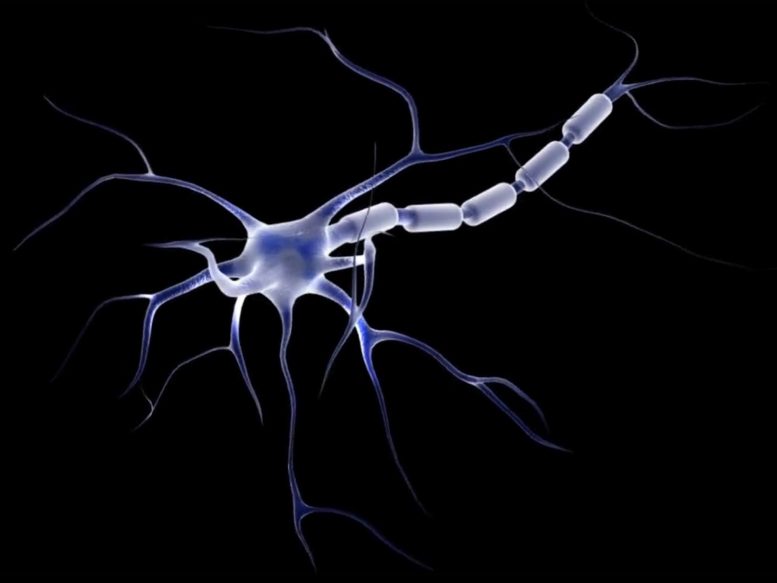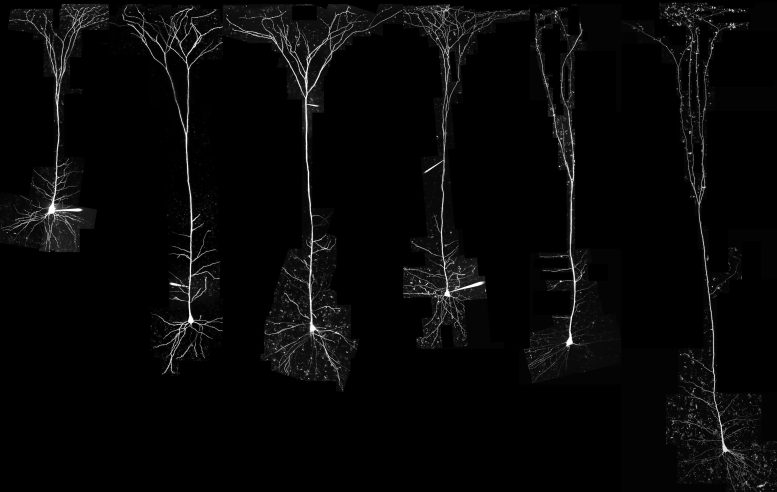Most people, I am assuming, if they eat breakfast at all, it is either at home before they leave for work or they drop by a
fast food restaurant and get something
on the go or they stop at a sit down restaurant and order a
working man's breakfast of eggs, grits, sausage or bacon, and pancakes... of course, this hearty breakfast is likely to last them throughout the day until they return home, typically after dark for a cold or heated in the microwave dinner.
Unlike most of these people, I am retired and my breakfast is late in the morning usually more brunch than breakfast and only after I have been awake for 2-3 hours do I feel like eating anything more than just drinking coffee.
Usually, I will get a package of grits and add water, toss it in the microwave along with a vege sausage while I am scrambling up an egg that I will mix all together with some grated cheese. If I am tired of scrambled eggs, I will toast an English Muffin and fry an egg along with a vege sausage and a slice of American Cheese.
Once my breakfast is cooked, I will sit on the back screened in porch and watch the bluebirds fly in and out of the house I built for them using old decking.
My breakfast is usually only 300 calories but sometimes I add a little something extra and my intake grows to 500 or so. My plan is to eat no more than 500 calories at each meal along with snack(s) that do not exceed 500 calories so that my total daily intake is less than 2,000 calories each day. I would like to reduce that intake to 1,500 making sure that protein, dairy, grain, veges, and fruit is most of the time included.
I like Fall Morning Breakfasts because I can sit outside and watch nature while I eat... this usually consists of a variety of birds, rabbits, butterflies, and squirrels... but, if I decide to sit on my front porch, I am just about guaranteed to see a family of deer in the field across the street.
It is a simple but rewarding life.















